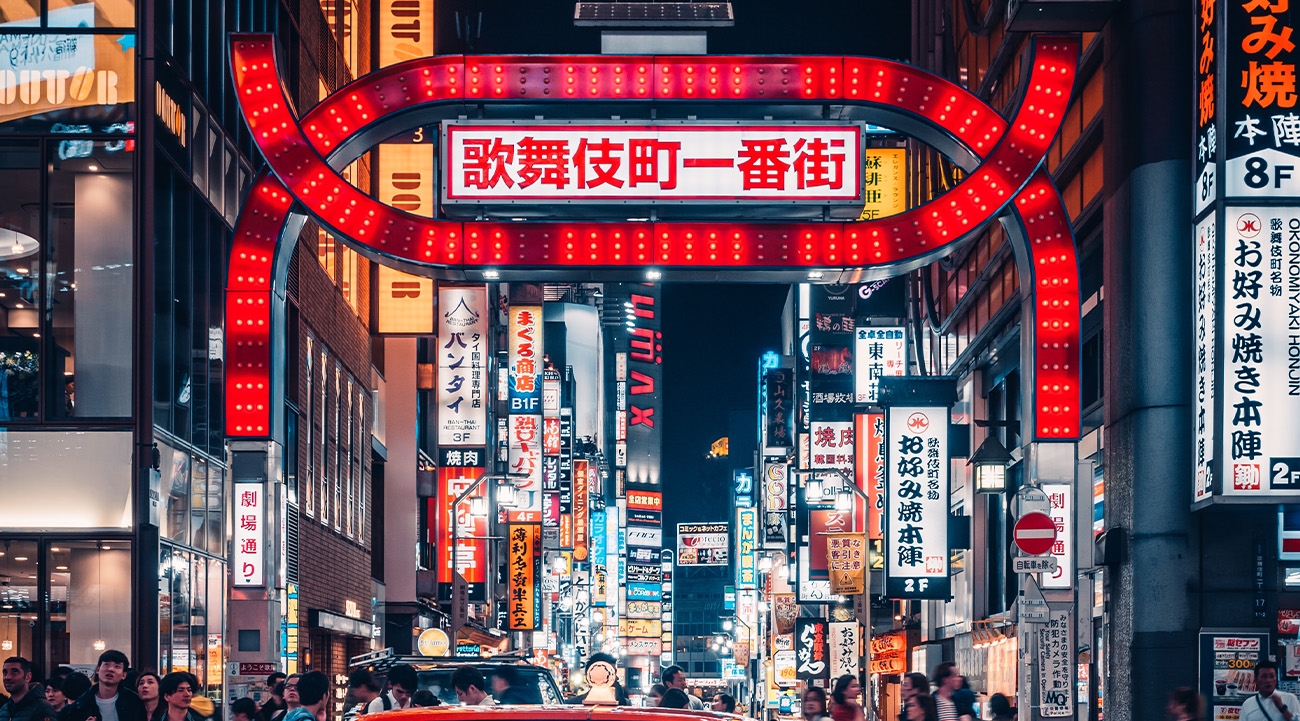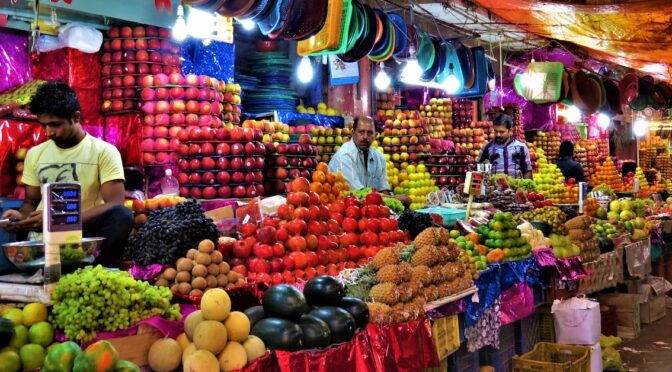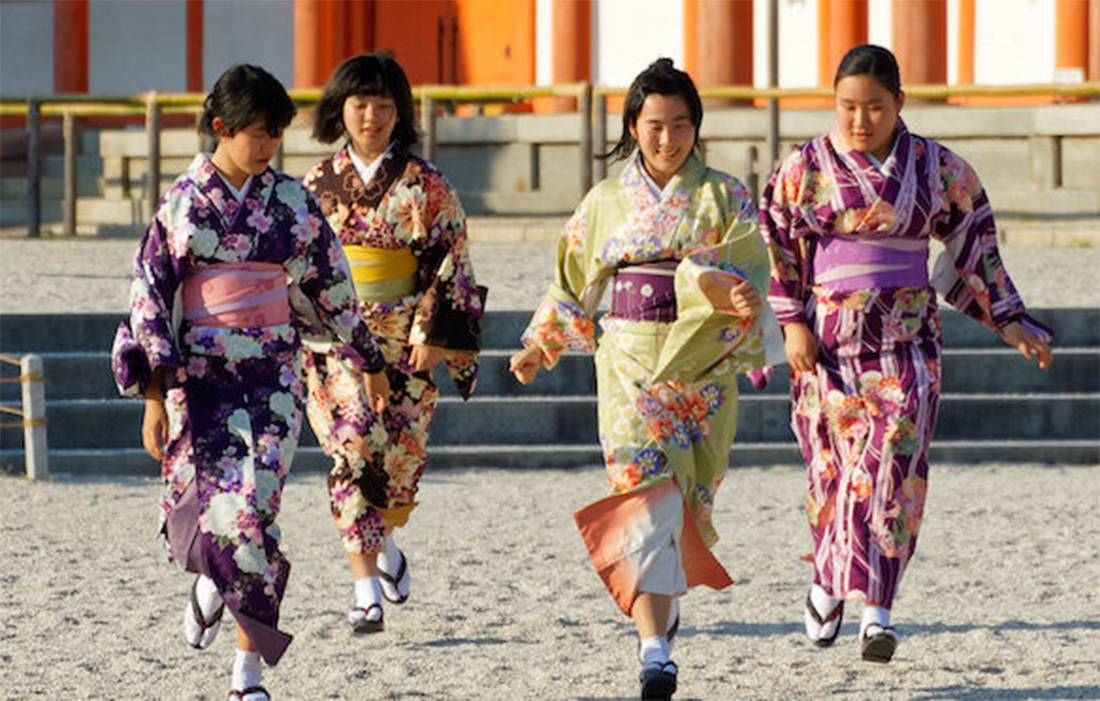City of contrasts: Exploring the mix of old and new in Tokyo
The two geishas dance in tandem, fashioning their limbs into a series of elegant positions – toes pointed, hands delicately arranged. They move slowly and precisely to the melodic sounds emanating from an old-school speaker behind them, lulling us into a state of entrancement. The duo – resplendent in their flowing kimonos, striking makeup and coiffed hairstyles – later humour our endless questions about this dying art: how long it takes to become a geisha (between four and five years); what the training entails (no use of mobile phones or Western clothes and limited contact with family); and who determines who passes (the mother of the house, known as ok -san).
Our insightful experience comes courtesy of Yakatabune Harumiya, a traditional Japanese-style cruising restaurant that combines geisha performances with a night-time sailing around Tokyo Bay and an authentic kaiseki dinner. It’s proof that not all enriching geisha experiences are to be found in Kyoto, the city on the island of Honshu known as the centre of geisha culture. Today, Tokyo is thought to be home to approximately 200 geishas, many of whom are concentrated around the historic district of Kagurazaka, and there are plenty of opportunities to engage with them in a culturally sensitive and educational way.
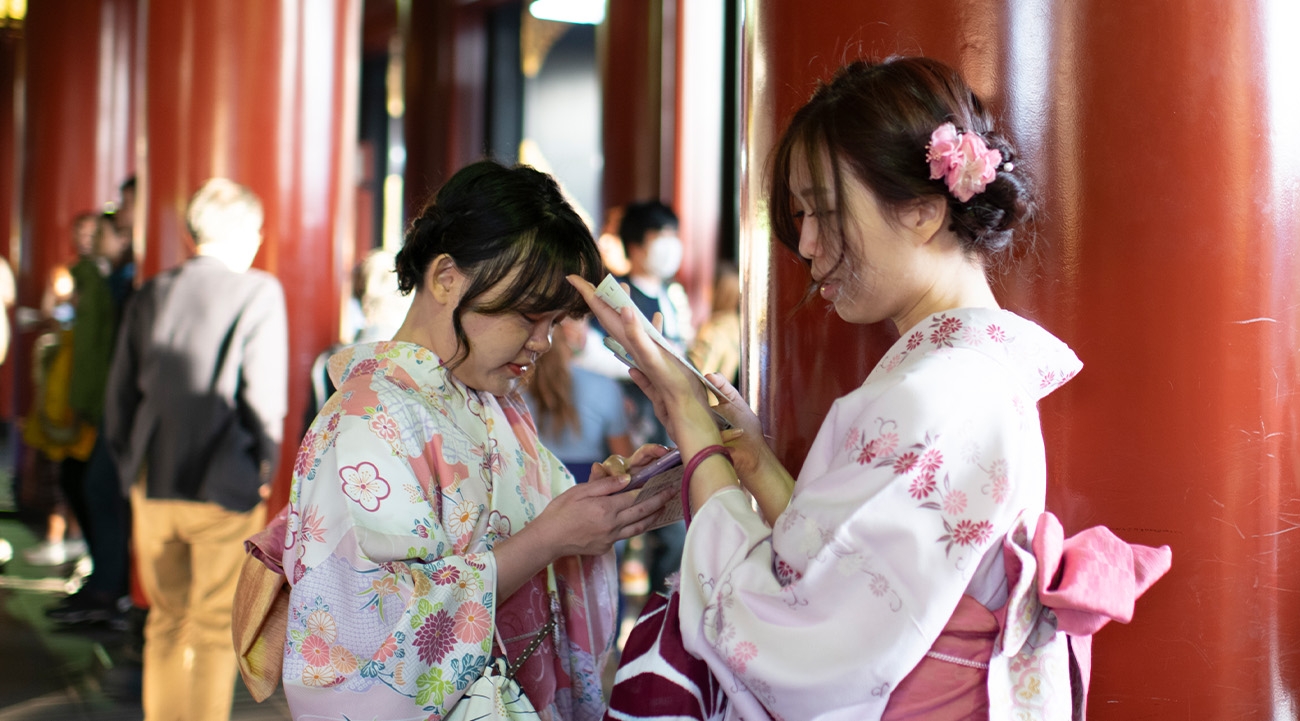

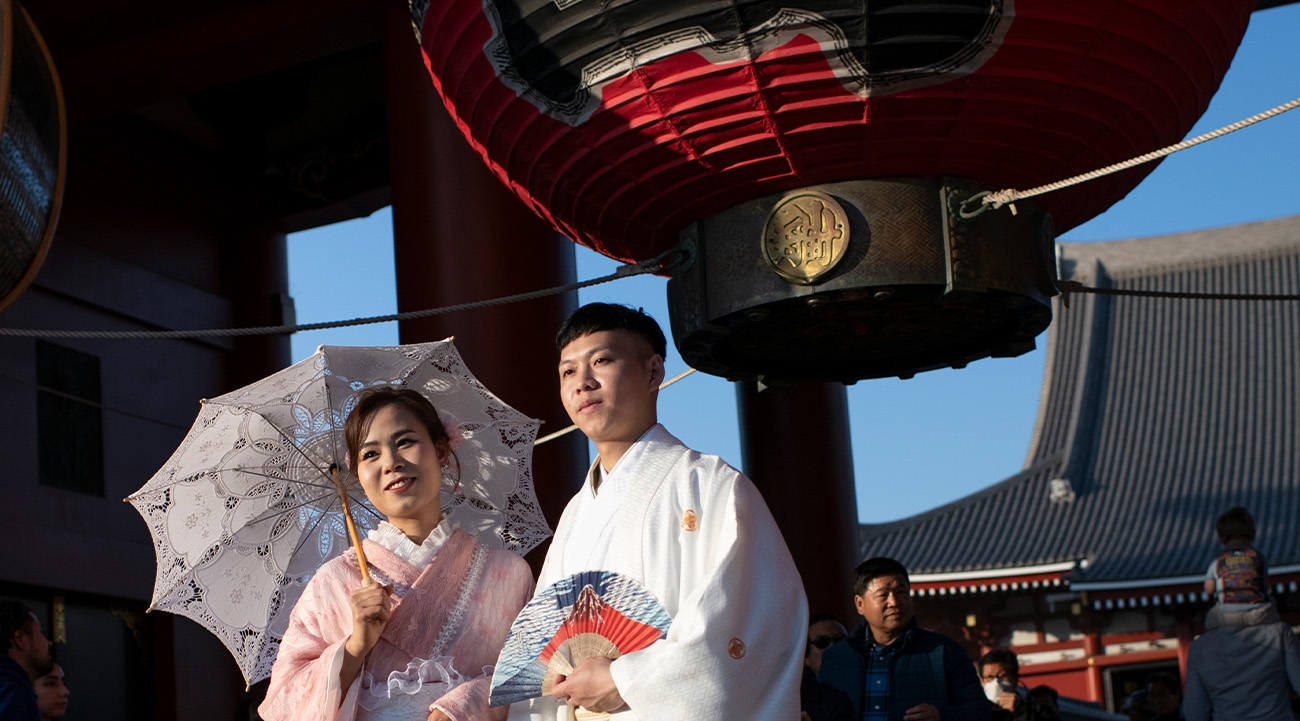
Tourism recovery
Witnessing the famous geishas is just one reason why a visit to Tokyo might be high on clients’ travel wish lists. Japan’s capital city is not only a launchpad for exploring the rest of the country, but a fascinating window into this multifaceted island nation, where the past and future seemingly collide. Visitors can spend their days visiting ancient temples and peaceful shrines shrouded in the smoke of incense; wandering oxygen-rich green parks; and partaking in the cultural tradition of onsen (hot springs). By night, they can soak up the city lights: rising above the clouds from the towering rooftop of a neon-lit skyscraper or enjoying a drink among the maze of narrow, bar-lined lanes that make up Golden Gai in a tucked-away corner of Shinjuku.
Not forgetting the country’s favourite pastime, karaoke, outlets for which can be found (and heard) across the city. Japan has enjoyed a steady recovery since reopening its borders to international travellers in December 2022. Visitor numbers exceeded 2.07 million last June, marking the destination’s return to pre-pandemic levels for the first time since February 2020. The country is busy – and Tokyo is unsurprisingly the first target on most travellers’ maps. The city has never looked better.
Tokyo’s luxury hotel sector has enjoyed significant investment over the past few years – driven largely by the 2020 Olympics, which were expected to draw 40 million tourists (but instead were held in 2021 to a limited, pandemic-controlled crowd) – with many projects that were paused or delayed coming to fruition. Last year, luxury hotel openings included Bulgari’s first hotel in the city, two new hotels in Tokyo’s Shinjuku district from the Pan Pacific Hotels Group, and Tokyo Edition Ginza, the brand’s second hotel in the city.
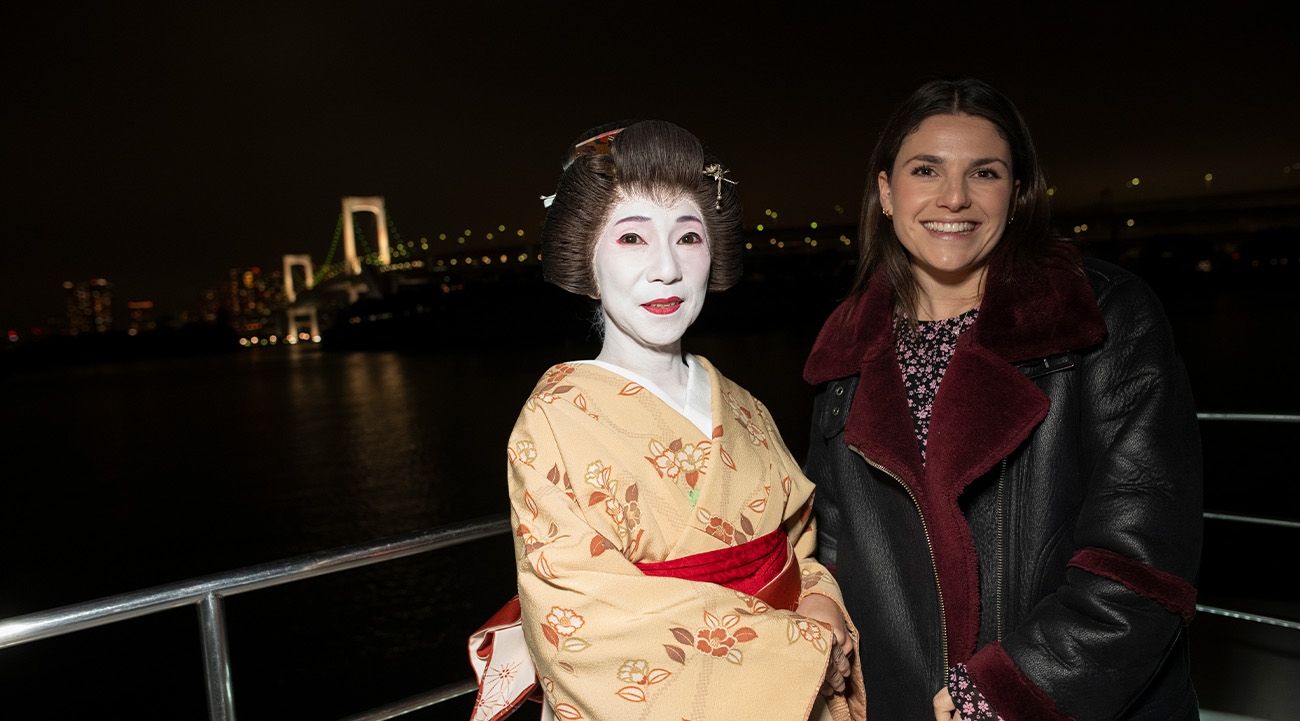

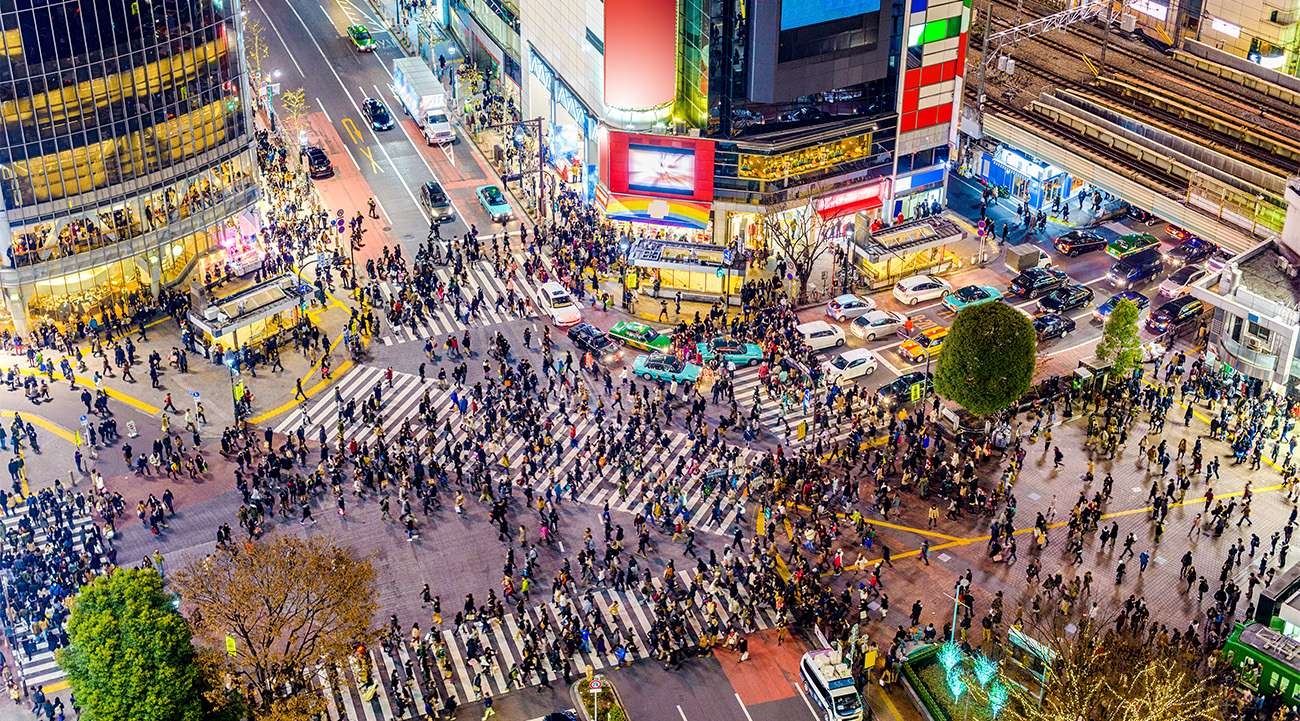
And there’s more to come: Janu Tokyo, the first hotel to launch under Aman’s new sister brand, Janu, will welcome its first guests in March in the upmarket Azabudai Hills development. In 2025, Accor’s Fairmont brand is set to make its debut in the Japanese capital, while Dorchester Collection’s first hotel in Asia is slated to open in 2028 in the tallest building in Japan, Tokyo’s Torch Tower, which is under development in the city centre. Hotels aren’t the only sector benefiting from investment. Immersive digital art exhibition teamLab Planets Tokyo in Toyosu, which comprises four large-scale artwork spaces and two gardens and sees visitors wade through water and frolic in ‘fields’ of flowers, was due to close at the end of 2023 but has been extended until 2027 due to popular demand.
A second exhibition from the art collective, teamLab Borderless, is due to reopen next month in a new location in Azabudai Hills. Shibuya Crossing, the infamously crowded intersection outside Shibuya station, draws hordes of tourists every day, but a number of new projects in the vicinity are also attracting attention. Shibuya Sky opened in November 2019 and has become a firm bucket-list tick, with visitors flocking to the observation platform on the 47th floor for unobstructed, panoramic views of the city (on a clear day, you might even be able to glimpse Mount Fuji). Further west in Toyosu, a new Edo era-inspired complex is set to open next month, boasting a shopping area, restaurants serving fish from nearby Toyosu Market, and a hot spring spa, with open-air baths overlooking Tokyo Bay.
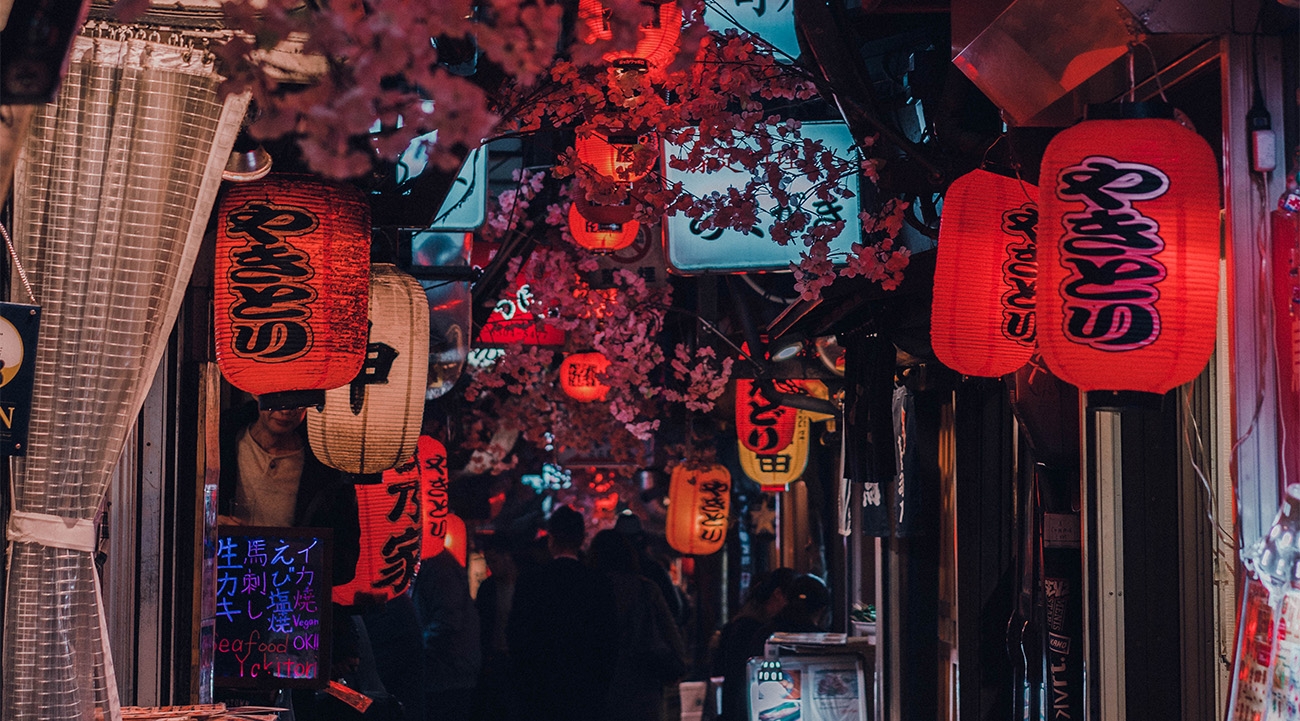
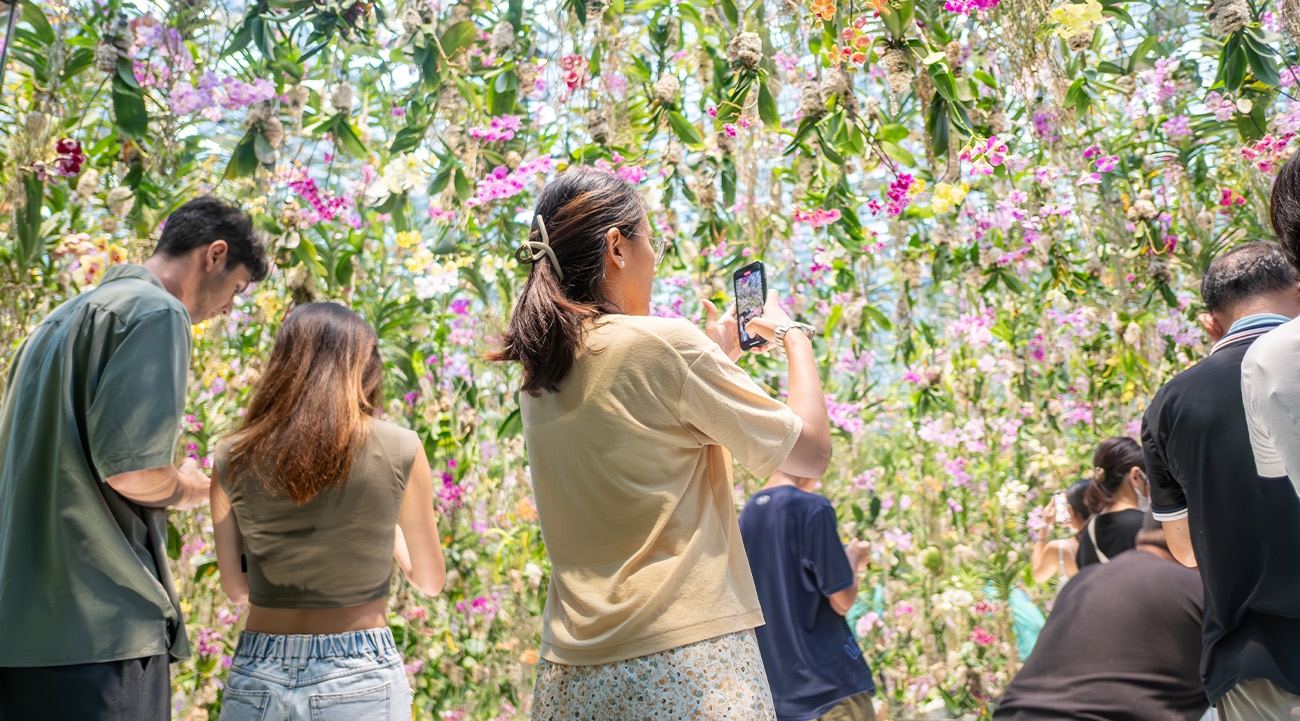
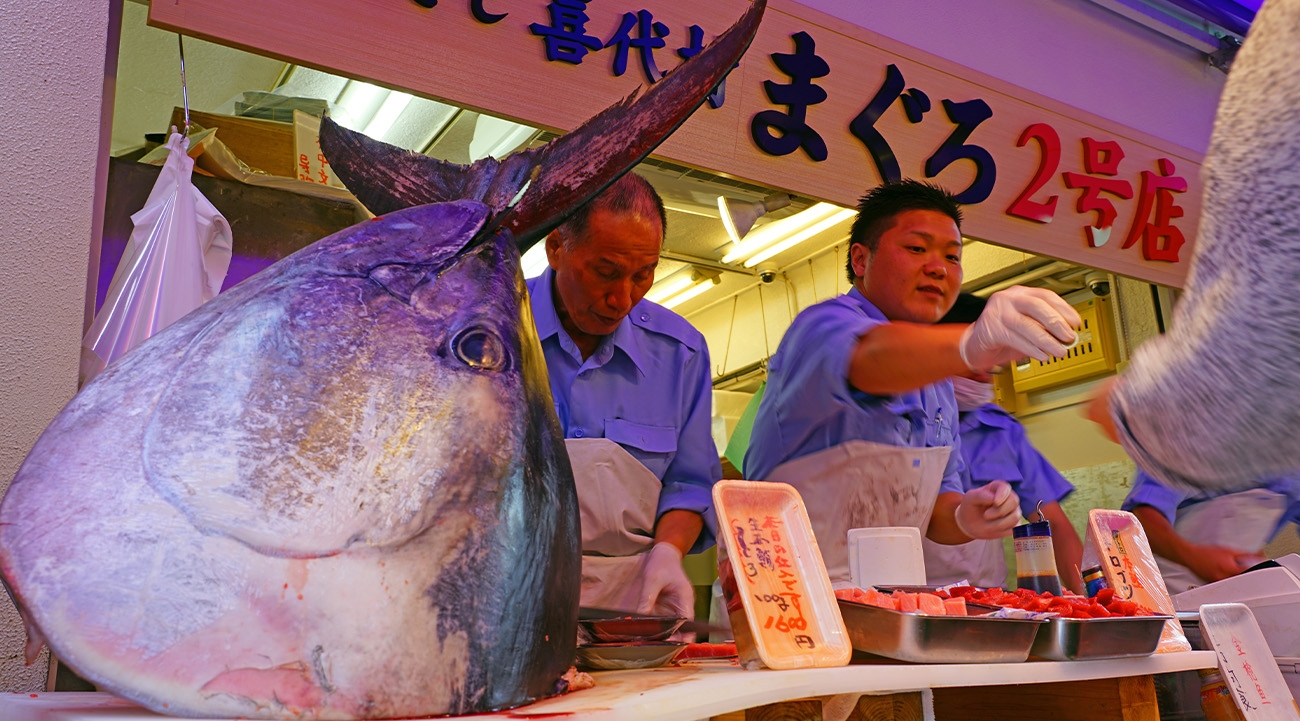
Neighbourhood charm
Taking in this vast city is no easy feat. Tokyo is thought to be around three times the size of London and is the world’s most populous city, made up of 23 wards, each with their own personality. First-timers to the capital will likely want to base themselves in neighbourhoods such as Shinjuku, Shibuya or Harajuku in the west of the city, home to much of its nightlife, shopping malls and famed futuristic architecture. Glitzy Ginza is Tokyo’s shopping hub: its main streets host three upscale department stores, with a further seven within a 10-minute radius.
Those keen to get a sense of the Tokyo of the past should head east to former samurai districts such as Asakusa, where low-rise buildings and quiet residential streets largely unchanged over time sit among temples and shops selling handmade crafts and high-quality souvenirs. Lovers of tech should make a beeline for Akihabara, dubbed Electric Town, so called for the swathes of retail space and arcades dedicated to video games, comics, anime and manga. A guided walking tour is an excellent way for visitors to immerse themselves in Japanese culture and traditions.
Ours, led by InsideJapan Tours, takes us from our base at Prince Park Tower Tokyo – perfect for some quiet respite among the madness (Reviews, page 100) – and past the Tokyo Tower, the second-tallest structure in Japan. A short wander through leafy Shiba Park leads us to Zojoji Temple, originally built in 1393. The Buddhist temple is famous for being selected as the family temple of Tokugawa Ieyasu, the Japanese military leader who ruled the country between 1603 and 1616, and was known as one of the three ‘Great Unifiers’ of Japan.
We finish at Hama Rikyu Gardens, one of the few remaining samurai gardens in Tokyo and a peaceful oasis in the heart of the city. Here, pretty wooden bridges cross tranquil lakes, and lawns filled with bonsai trees sit in the shadow of soaring skyscrapers – a fitting summation of the two worlds that jostle for space in this spellbinding city.



Expert advice
Holly Brown, business development manager, Inside Travel Group
“When it comes to Tokyo, it doesn’t get better than dining on small plates at local izakaya bars under the railway arches in Yurakucho or belting out karaoke into the small hours of the morning. We recommend clients explore lesser touristy areas like Daikanyama, which is a short walk south of Shibuya and packed with hip boutiques, brewpubs, vintage shops and stylish cafes. When in Japan make sure you try all the food (dietary preferences permitting) and don’t be afraid to get lost in translation – some of the best experiences come from these moments.”
Book it: InsideJapan Tours’ 14-night Superior Tailor-made Best of Japan itinerary starts and ends in Tokyo, with additional stops in Hakone, Osaka, Kyoto, Miyajima and Takayama. Prices start from £5,320 per person, based on two people sharing, excluding flights.
insidejapantours.com
